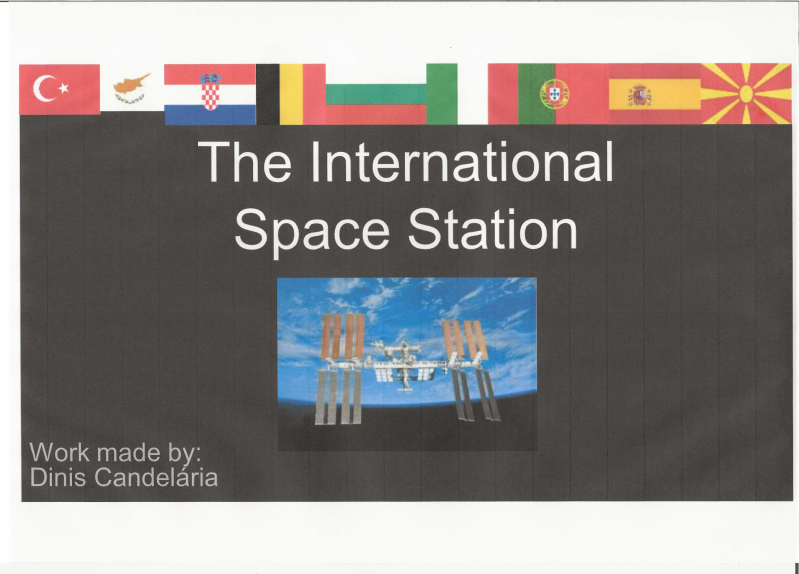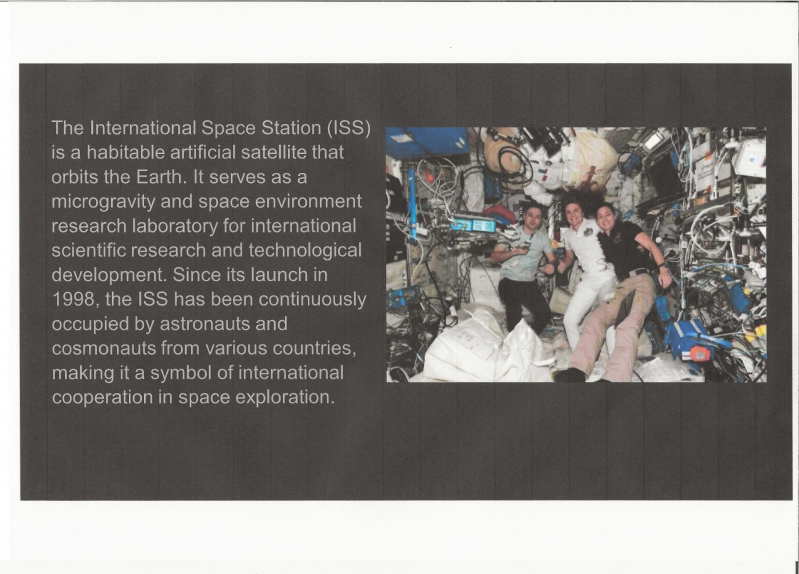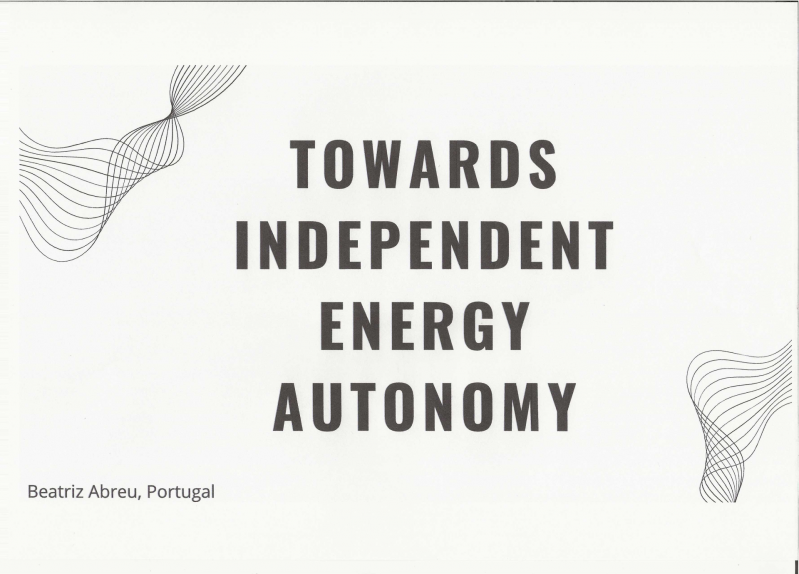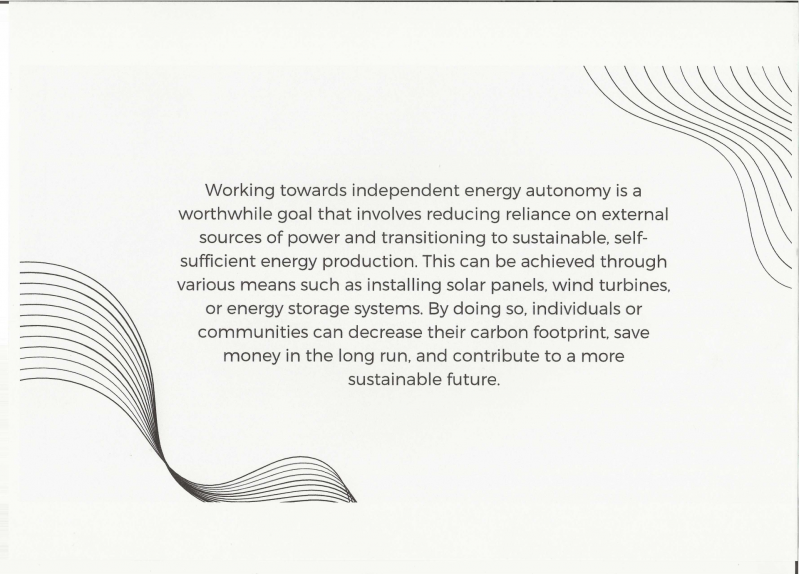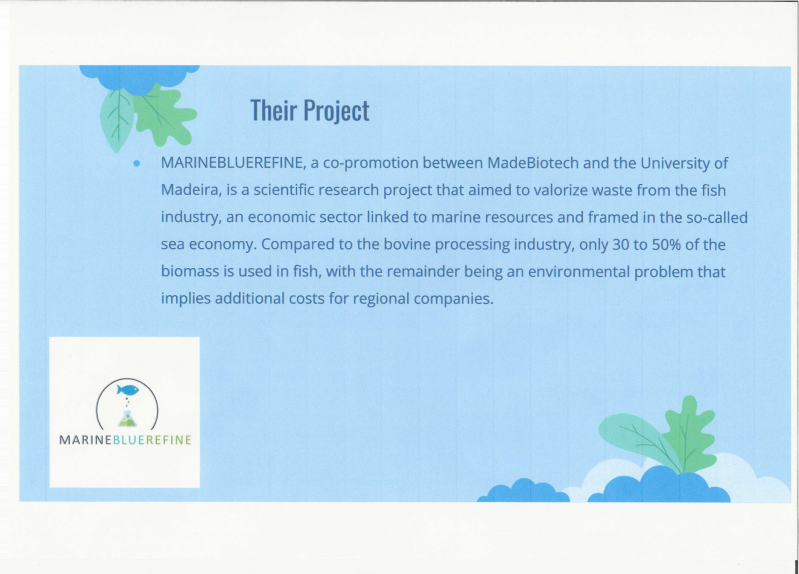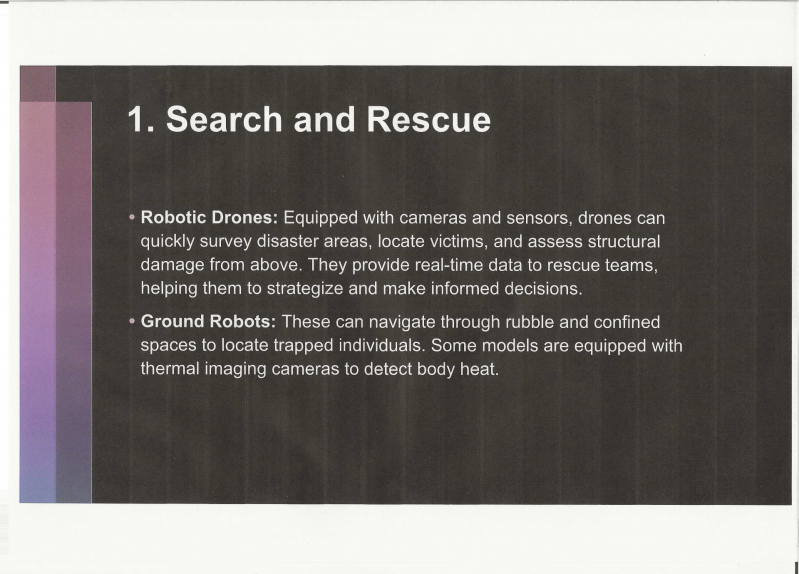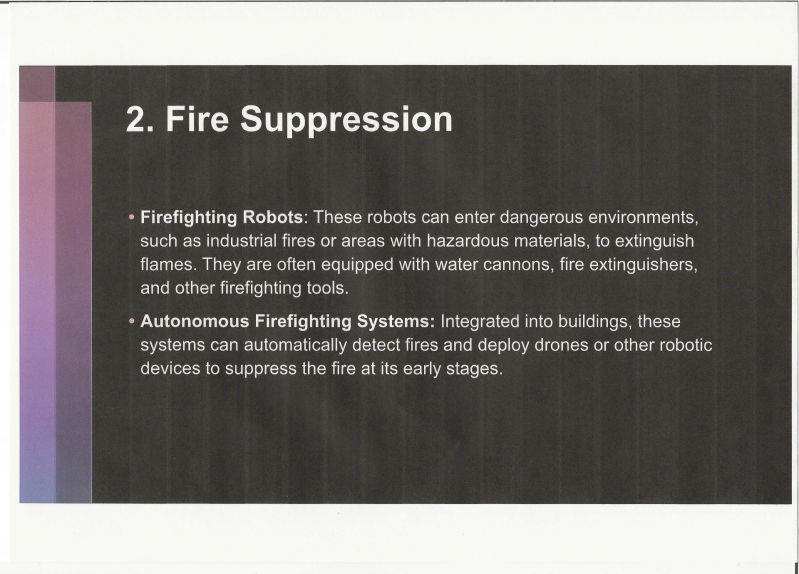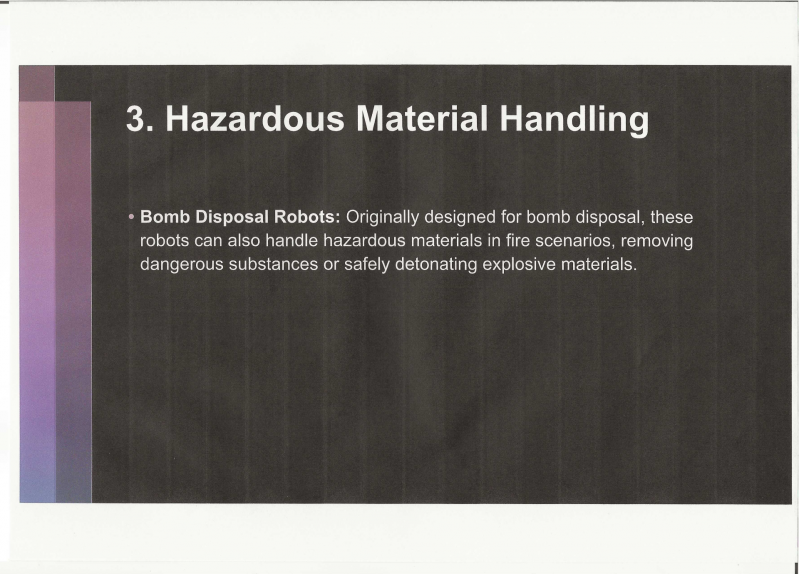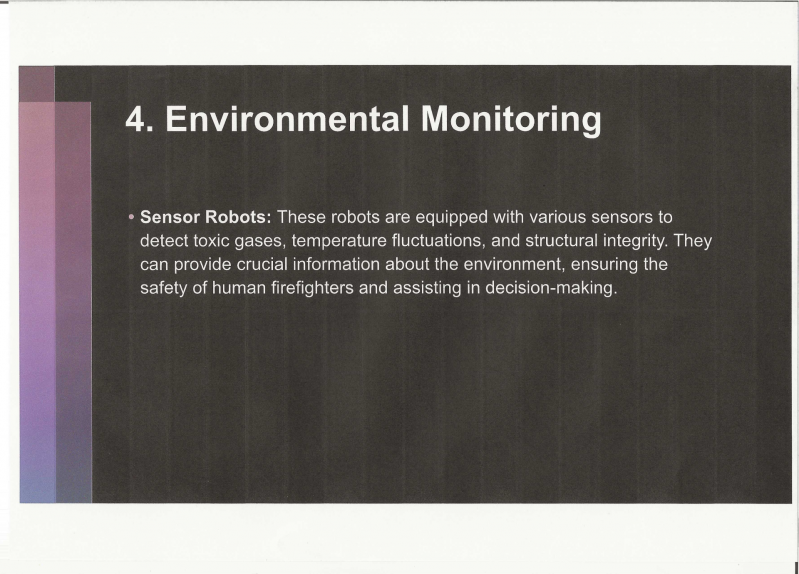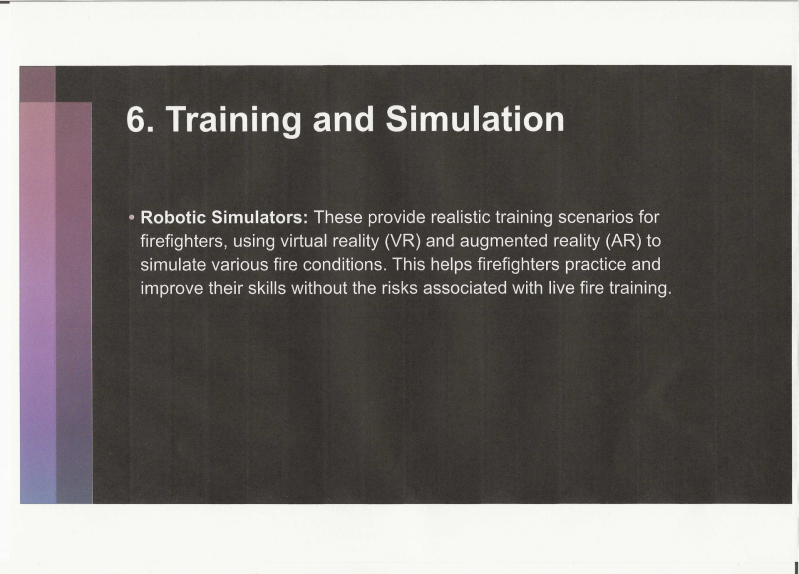Teacher responsible : ALIX BETANIA SILVA
Students concerned : 8th & 9th grade
Objectives:
To describe the arrival of the Man to the Moon and learn about some of the most significant missions for the discovery of space
Result :
Trips to the moon from 1957 to 1969.

November 1957 - Sputnik is a spacecraft launched under the Soviet space program. "Sputnik 1", "Sputnik 2" and "Sputnik 3" were the official Soviet names of those objects, and the remaining designations in the series ("Sputnik 4" and so on) were not official names but names applied in the West to objects whose original Soviet names may not have been known at the time. Sputnik 1 was the first artificial satellite to go into orbit, launched 4 October 1957 and Sputnik 2 was the first spacecraft to carry a living animal (the dog Laika) into orbit, launched 3 November 1957.



December 1957 - Kaputnik America's first attempt to launch a satellite ends in America's humiliation. The rocket, built by the US Navy, exploded on the launch pad. The press dubbed this attempt "Kaputnik."
January 1958 – Explorer I was the first satellite launched by the United States in 1958. They launched this satellite in response to the launch of Sputnik I and Sputnik II by the Soviet Union, thus beginning the space race, closely related to the Cold War. It was the first spacecraft to detect the Van Allen radiation belts. The Van Allen Belt is a region where several atmospheric phenomena occur due to concentrations of particles in the Earth's magnetic field.
May 1958 – Vanguard I On May 17, 1958, NASA launched Vanguard 1 into orbit, the first satellite powered by solar energy and an important victory for the United States in the space race. The considerably bigger Sputnik satellites fell out of orbit and burned up on their return to Earth in 1958, while Vanguard 1 is still in space. To this day it is still the oldest artificial satellite in space and it is estimated that it will continue in orbit for around 240 more years.
December 1958 - SCORE On December 18, 1958, NASA scored its first real goal during the Space Race by launching the first telecommunications satellite into orbit.


Explorer 1
Score

Vanguard 1
September 1959 – Luna 2 of the USSR became the first terrestrial object to impact the Moon.
April 1961 - Vostok 1 The Soviet Union sends the first man into space. Yuri Gagarin took off from the Baikonur Cosmodrome and orbited the Earth in 108 minutes.
June 1963 – Vostok 3 Valentina Tereshkova became the first woman to travel into space on a mission that would last 3 days and during which she completed 48 laps around the Earth.
March 1965 - Voskhod Alexei Arkhipovich Leonov, who was traveling aboard Voskhod 2, became the first human being to perform a spacewalk by staying outside the ship he shared with cosmonaut Pavel Belyayev for 12 minutes.
December 1968 – Apollo 8 On December 21, 1968, the first human space flight around the Moon took place. It is also the first human space flight to enter the gravitational influence of another celestial body. His crew was the first in history to see the far side of the Moon, as well as the first to observe the Earth from our satellite.
July 1969 – Apollo 11 was the fifth manned mission of the United States Apollo Program and the first in history to land a human being on the Moon. The Apollo spacecraft of the mission was sent into space on July 16, 1969, it landed on the moon on July 20 of that same year and the next day two astronauts (Armstrong and Aldrin) became the first to walk on the lunar surface. This trip is considered one of the most significant moments in human history. Neil Armstrong and Edwin Buzz Aldrin spend two hours on the Moon's surface collecting rocks and setting up observation equipment. On July 24, the astronauts achieved a perfect splashdown in the waters of the Pacific Ocean, ending the mission.









































































